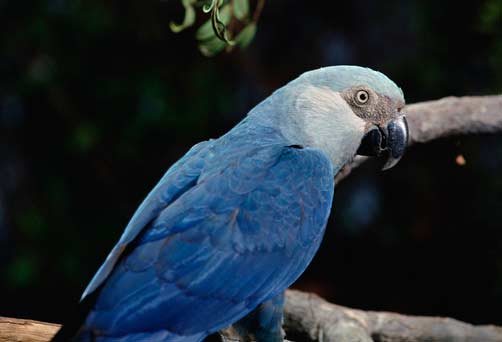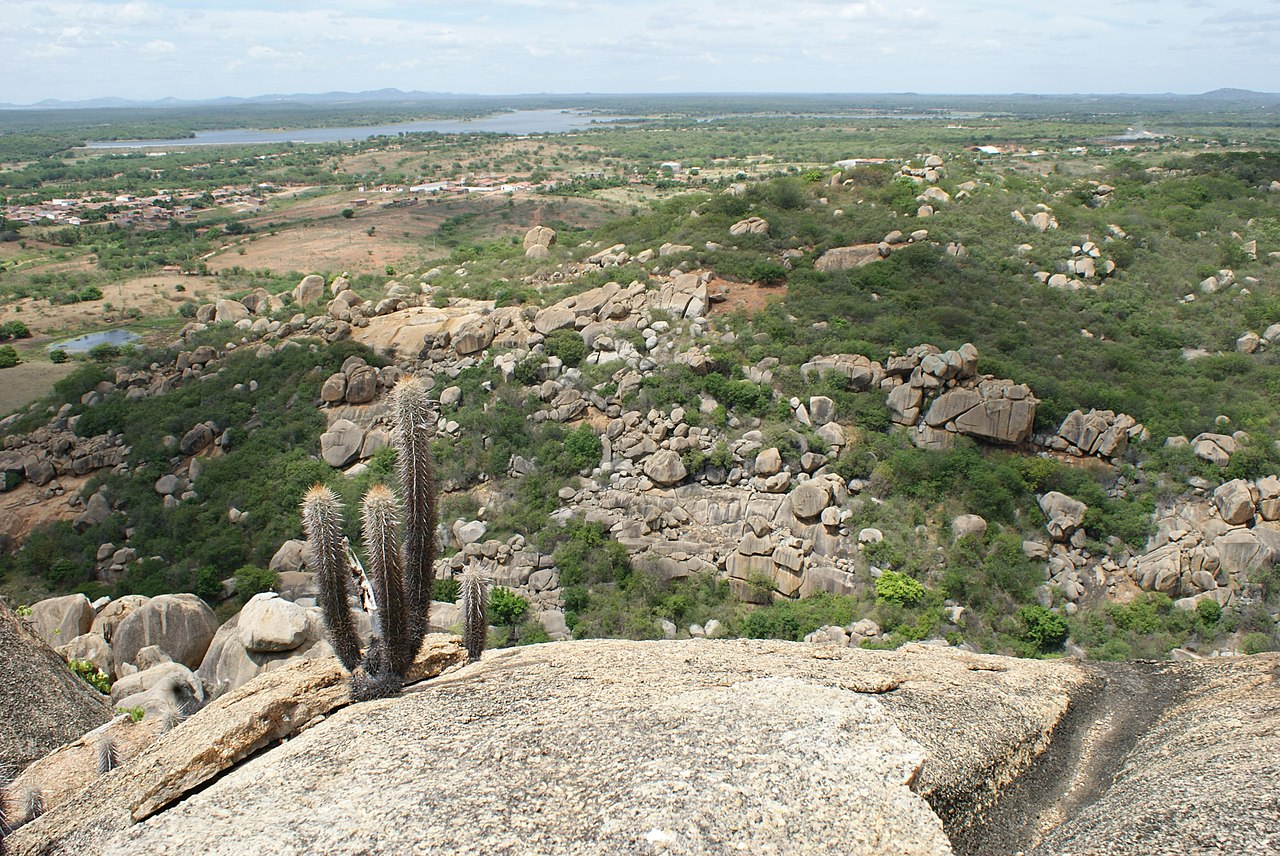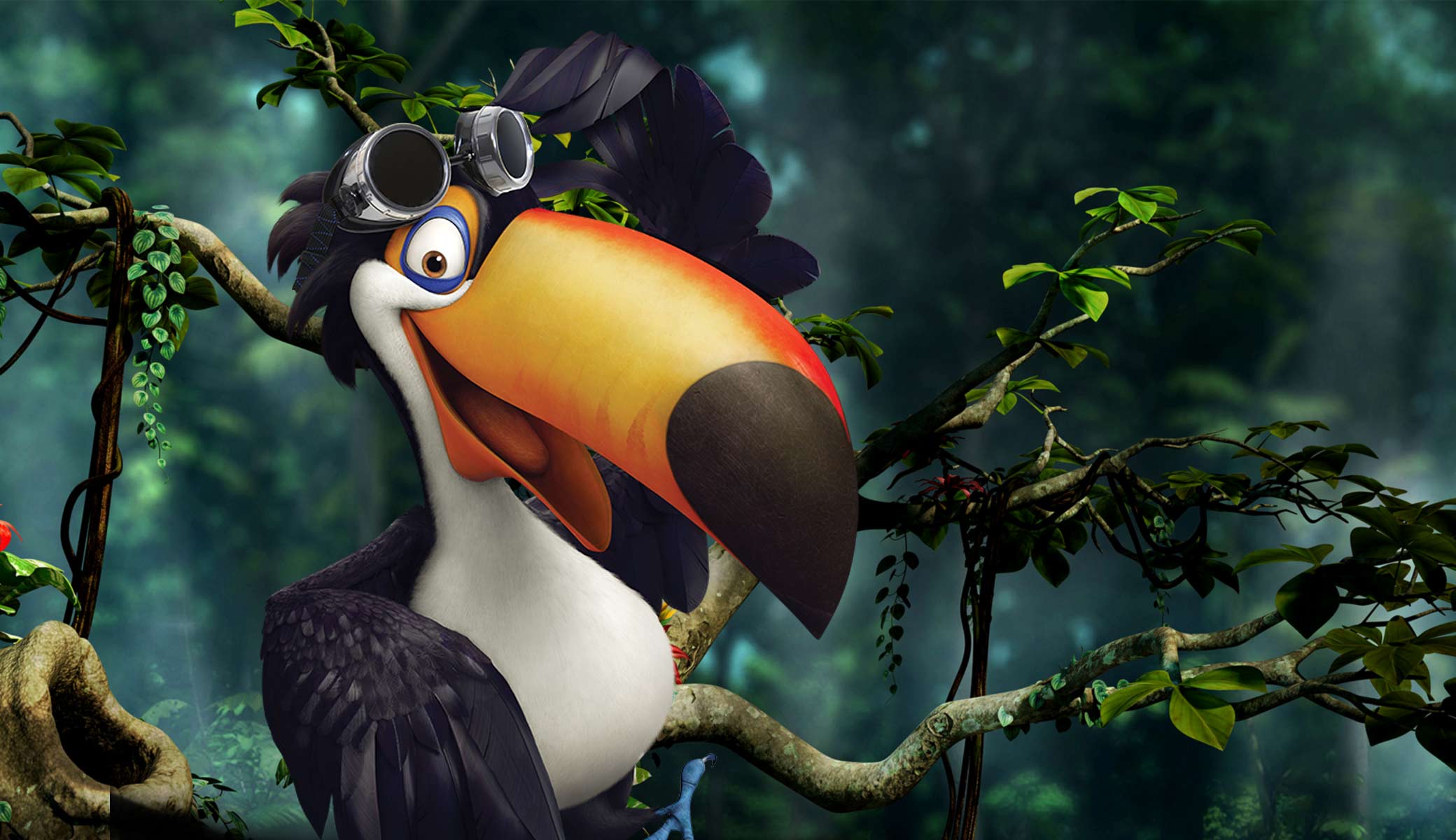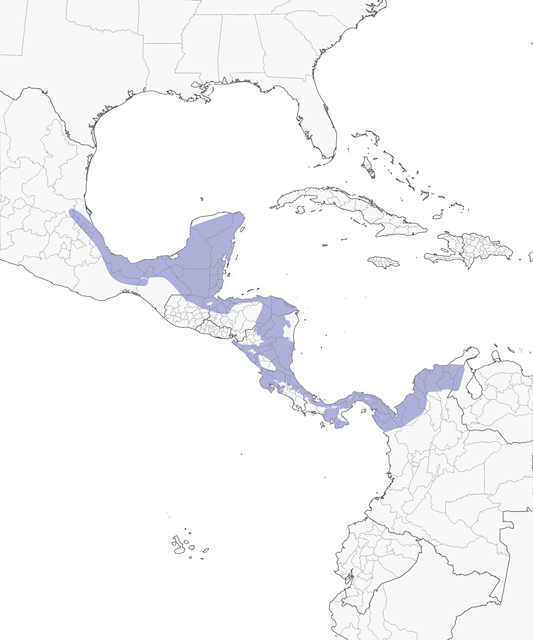129
Here I will show you all (or almost all) of the bird species that you can see in the Rio movie, their name and some information about each of them.
Let's start with Blue and Jewel!
Let's start with Blue and Jewel!

These parrots are Spix's macaws (Cyanopsitta spixii), also known as the little blue macaw. In Brazil, known as ararinha-azul or arara-azul-de-spix. They should not be confused with hyacinth macaws (Anodorhynchus hyacinthinus) similar in name (arara-azul in Portuguese).

The bird is a medium-size parrot weighing about 300 grams and measures about 57 cm in length. Is a macaw native to Brazil. Currently there are no known survivors of the species in the wild and it comes under the category EW (extinct in the wild). As of August 2018 there are approximately 160 Spix's macaws in captivity.In the film, Spix's macaws are shown as inhabitants of the Amazon rainforest, although in reality their homeland is the arid Caatinga.
Is a macaw native to Brazil. Currently there are no known survivors of the species in the wild and it comes under the category EW (extinct in the wild). As of August 2018 there are approximately 160 Spix's macaws in captivity.In the film, Spix's macaws are shown as inhabitants of the Amazon rainforest, although in reality their homeland is the arid Caatinga.
 Is a macaw native to Brazil. Currently there are no known survivors of the species in the wild and it comes under the category EW (extinct in the wild). As of August 2018 there are approximately 160 Spix's macaws in captivity.In the film, Spix's macaws are shown as inhabitants of the Amazon rainforest, although in reality their homeland is the arid Caatinga.
Is a macaw native to Brazil. Currently there are no known survivors of the species in the wild and it comes under the category EW (extinct in the wild). As of August 2018 there are approximately 160 Spix's macaws in captivity.In the film, Spix's macaws are shown as inhabitants of the Amazon rainforest, although in reality their homeland is the arid Caatinga.
...
Rafael is our next "victim".
I think that you all recognized him as a toucan. This is not surprising, perhaps you have even seen this bird live.Rafael is our next "victim".

The toco toucan (Ramphastos toco), also known as the common toucan or giant toucan, is the largest and probably the best known species in the toucan family.
Its name in Portuguese is tucanuçu, tucano-toco or tucano-grande.

This bird weighs about 620 grams and measures about 60 cm in length.


...
Another toucan which can be attributed to the main characters is Eva, the wife of Rafael.
Another toucan which can be attributed to the main characters is Eva, the wife of Rafael.

And this is not a female toсo toucan, but a completely different species that does not even live in Brazil.
Meet the keel-billed toucan (Ramphastos sulfuratus), also known as sulfur-breasted toucan or rainbow-billed toucan, is a colorful Latin American member of the toucan family. It is the national bird of Belize.

Including its bill, the keel-billed toucan ranges in length from around 42 to 55 cm. Their large and colorful bill averages around 12–15 cm, about one-third of its length. It typically weighs about 380–500 g.

The species is found in tropical jungles from southern Mexico to Colombia. It is an omnivorous forest bird that feeds on fruits, seeds, insects, invertebrates, lizards, snakes, and small birds and their eggs.

...
Now Pedro!

This hot bird never leaves its friend Niсo, but we will talk about Niсo later.Now Pedro!

Pedro is a funny red-crested cardinal. The red-crested cardinal (Paroaria coronata) is a songbird, the species belonging to the family of the tanagers (Thraupidae). It is sometimes known as the Brazilian cardinal. The Portuguese name for this bird is cardeal-do-sul, also often called cardeal-de-topete-vermelho, galo-de-campina, or simply cardeal.

Found over a large area of South America (southeast Brazil, eastern Bolivia, Paraguay, Uruguay and northern Argentina), Red-crested cardinals are typically birds of wet scrub and shrubbery.
The species has also been introduced to, and appears to be flourishing in, certain locations in Hawaii and southern Florida.
Quite often kept in captivity.

...
The last one in this episode will be Nico, a canary.

Here comes the controversial moment. Wikipedia says its a yellow canary, but I think it's a saffron finch after all. I have two reasons for this: the first is yellow canaries live in Africa, not South America, the second the very color of this character.The last one in this episode will be Nico, a canary.

Yellow canary (Crithagra flaviventris)
Male saffron finch (Sicalis flaveola)
The saffron finch is a tanager from South America that is common in open and semi-open areas in lowlands outside the Amazon Basin. In Brazil it is called canário-da-terra, "native canary". Although commonly regarded as a canary, it is not related to the Atlantic canary. Formerly, it was placed in the Emberizidae but it is close to the seedeaters.
Male saffron finch (Sicalis flaveola)


They have a wide distribution in Colombia, northern Venezuela, western Ecuador, western Peru, eastern and southern Brazil, Bolivia, Paraguay, Uruguay, northern Argentina, and Trinidad and Tobago. It has also been introduced to Hawaii, Puerto Rico and elsewhere.

...
| Tags |
4907264
6










Create an account or sign in to comment.